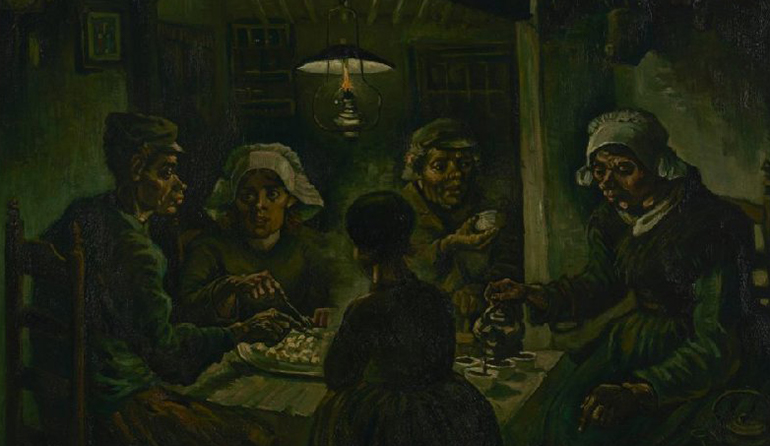What To Do If Your Van Gogh Has Been Rejected
In the last 120 years paintings were mostly rejected as a result of photographic examinations.
The opinion of the expert was largely dependent on how good his memory was. The photo transparencies that were used measured 4 x 5 inches (20 sq. In.) and less frequently 5 x 8 inches (40 sq. In.) By comparison we now use 43 inch monitors that display about 1,650 square inches in high resolution. This is 80 times larger than the transparencies of the past and the added huge power of digital image analysis software.
Digital technology makes an immense difference when comparing how details were painted.
Another aspect is that having a vast knowledge of the life of Vincent van Gogh is not a guarantee that someone is able to determine from looking at a painting if it was or was not painted by Vincent van Gogh.
Today, various technologies such as Artificial Intelligence, forensic investigative methods, scientific materials testing and special photography make it possible to review and sometimes to reverse rejections of the past.
Not only are we extracting far more information about the paintings we are investigating, but strategies now exist on how to compare and use this data.
As a result, paintings and drawings that have been rejected in the past; even just a few years ago; can be re-examined using advanced technologies and information resources.
If you own a painting or drawing that is possibly by van Gogh but that has been rejected we strongly encourage you to discuss it with us.
Applying today’s scientific resources and Artificial Intelligence technologies, you might be able to finally get confirmation that your van Gogh is indeed authentic.
